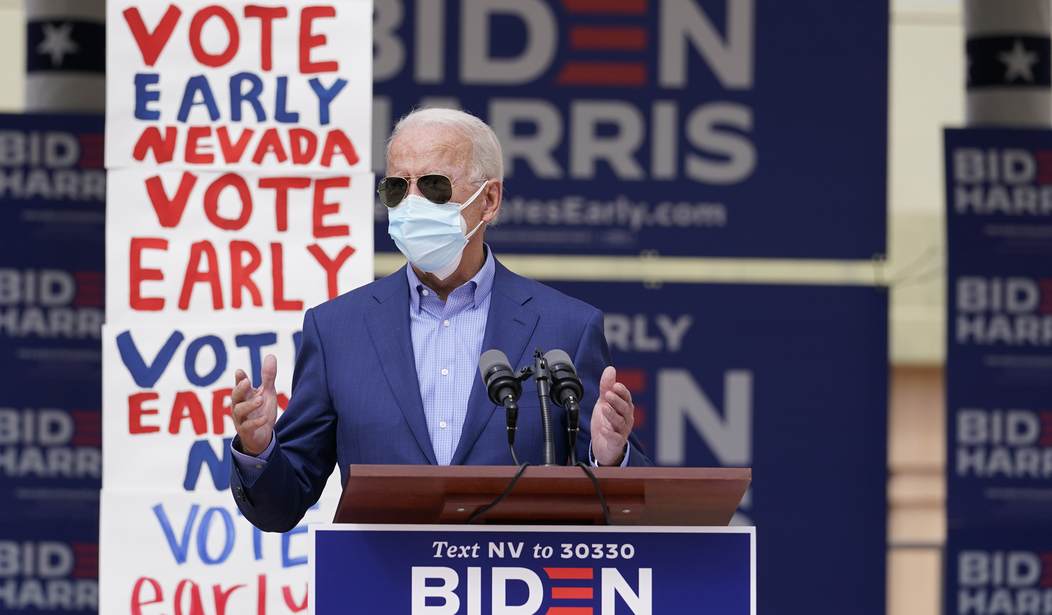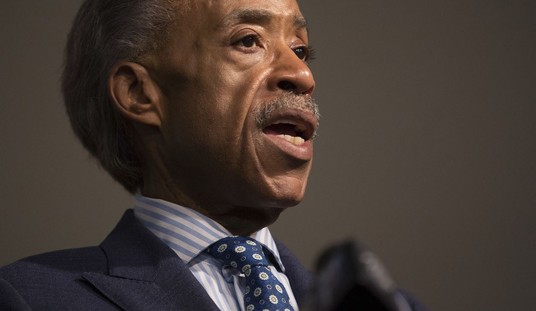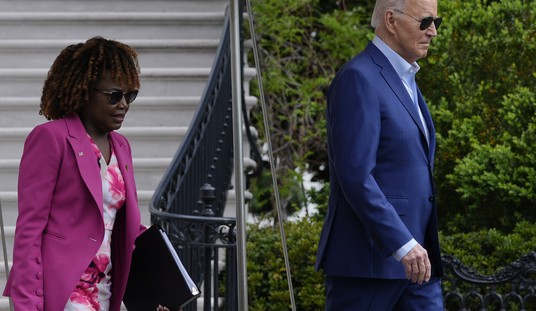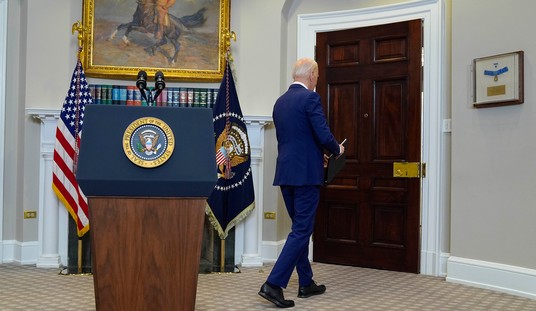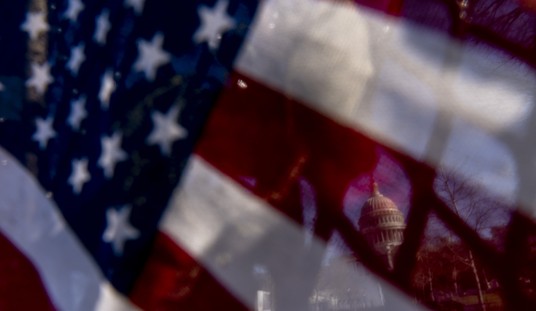The numbers in this analysis are small, with fewer than 2,000 votes shifting left to right versus fewer than 800 shifting from right to left over the last three months. But no one knows Nevada politics like Jon Ralston does and he thinks it’s significant as a possible sign of a wider trend.
Which is a big deal for multiple reasons. Locally there are two major statewide races on the ballot in Nevada next year, one of which could decide the balance of power in the Senate. Democrat Catherine Cortez Masto is up for reelection and facing a stiff challenge from Republican Adam Laxalt. More broadly, a shift from blue to red in Nevada portends shifts towards Republicans across the map in 2022 and beyond. Nevada has gone blue in every presidential election since 2008 but the margins there have been narrow, with Trump losing the state twice by less than three points. 2024 could be the year a Republican breaks through.
It’s not just just a matter of Nevada Democrats switching to the GOP either. Ralston notes that more Dems are going independent or third party than Republicans are, another sign of dissatisfaction within Team Blue. His warning to the party is stark:
—I am sure Dems were hopeful that the Trump brand would have caused more Republicans to flee than Democrats. But the Biden brand is now proving toxic or appears to be – at least in 2021.
—These numbers are relatively small considering the 1.8 million registered voters in Nevada. But if this pattern continues well into 2022, it could well be the canary in the coal mine for a red wave…
—The “Other” number should worry the Dems, too. I’ll keep an eye on that pattern, too.
A bit more than 1,600 Republicans changed their registration to “Other” this fall. By comparison, more than 2,500 Democrats did the same.
Coincidentally, the latest polls of Nevada from the Trafalgar Group are encouraging for the GOP:
2022 Nevada Governor
(R) Heller 47% (+7)
(D) *Sisolak 40%Trafalgar Poll | 1,034 LV | 11/24-11/29
Sample: D41/I22/R37https://t.co/xCUR4pE8wX pic.twitter.com/xFqUsZY7zZ— InteractivePolls (@PollsandOdds) December 8, 2021
#NVSen race – Possible ‘22 matchup – Laxalt has 3% lead over incumbent – according to @trafalgar_group #poll of likely ‘22 NV voters (11/24-29) released on the @seanhannity radio show.@AdamLaxalt 44.1%,@SenCortezMasto 40.9%,
Undecided 16%,See Report: https://t.co/OUDst4aOCz pic.twitter.com/Wh1JCtrh7i
— Robert C. Cahaly (@RobertCahaly) December 3, 2021
Nevada is purple enough that neither Sisolak nor Cortez Masto would have an easy race even in a favorable environment. In 2018, the year of the blue wave, Sisolak won by four points (over Laxalt). Two years earlier, Cortez Masto won her seat by two. Neither one reached 50 percent of the vote. If 2022 is a red wave year, which is what Ralston’s numbers suggests, they’re both in grave trouble. Especially Sisolak, who’s facing a well-known Republican in former Sen. Dean Heller.
Both races are currently rated “toss-up” by the Cook Political Report. We’ll see if they don’t end up as “lean Republican” by spring.
Also coincidentally, Nevada has a large Hispanic minority. If you missed Ed’s post yesterday about Biden’s numbers with Hispanics going down the toilet, make amends now. After Trump’s shocking gains with that group last November, Dems have been watching the president’s polling closely to try to gauge whether that was a blip — maybe something unique to Trump — or, more ominously for them, whether it was evidence of a more lasting, meaningful shift among Hispanics towards the center. The more data they see, the more nervous they get that it may be a durable realignment. “Turning to the nature and size of recent Hispanic shifts against the Democrats—it’s not as bad as you think, it’s worse,” writes Ruy Texeira in a post today. He lists 10 separate pieces of statistical evidence that Dems are in trouble with Latinos before stating his theory of why:
An important thing to remember about the Hispanic population is that they are heavily oriented toward upward mobility and see themselves as being able to benefit from available opportunities to attain that. Three-fifths of Latinos in the national exit poll said they believed life would be better for the next generation of Americans.
They are also patriotic. By well over 3:1, Hispanics in the VSG survey said they would rather be a citizen of the United States than any other country in the world and by 35 points said they were proud of the way American democracy works. These findings on patriotism are confirmed by results from the 2020 More in Common Identity and Belonging study, where the views of Hispanics contrasted starkly with the negative views of progressive activists.
Clearly, this constituency does not harbor particularly radical views on the nature of American society and its supposed intrinsic racism and white supremacy. They are instead a patriotic, upwardly mobile, working class group with quite practical and down to earth concerns. Democrats will either learn to focus on that or they will continue to lose ground among this vital group of voters.
Both parties have spent years trying to shoehorn Hispanics into the “racial bloc” template they use for African-Americans, presuming that issues with a racial component like immigration have special salience. Whether that was ever fair, it seems less fair now than before. “[W]ell over 70 percent of Hispanic voters rated jobs, the economy, health care and the coronavirus as issues that were ‘very important’ to them,” Texeira notes, citing one survey that also showed crime a higher priority for Hispanics than immigration is. Upwardly mobile Americans tend to vote like upwardly mobile Americans, whether they’re white or Hispanic:
"How the Irish started voting Republican"
"How the Italians started voting Republican"
"How white Southerners started voting Republican"The pattern repeats itself. https://t.co/iHtZXrYmYB
— Dan McLaughlin (@baseballcrank) December 9, 2021
We shouldn’t assume too much here. Biden won Hispanics easily last fall, evidence that the group does still tilt left on balance. But the angle of that tilt seems to be declining every day, potentially enough so in Nevada to turn that already purple state red.

